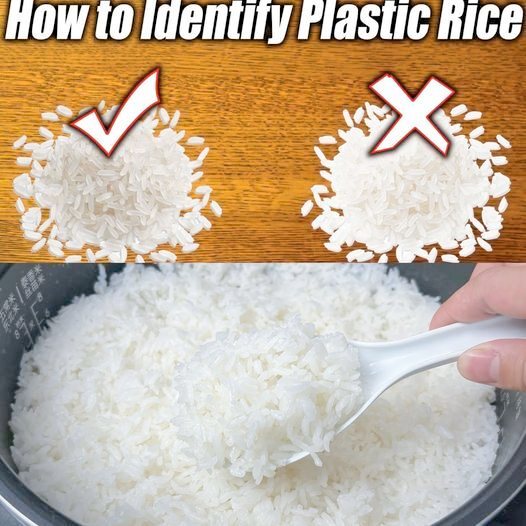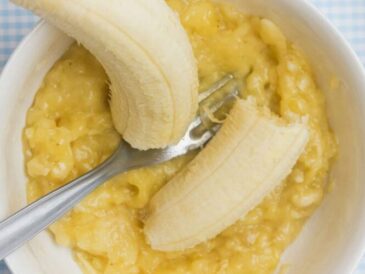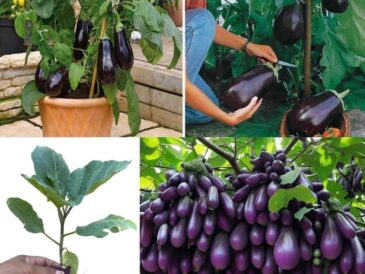Rice, a staple food for billions, has been shrouded in a concerning myth: plastic rice. Fear not, rice lovers! This article debunks the myth and equips you with tips to identify genuine rice.
The Plastic Rice Myth Busted
The existence of widespread plastic rice contamination is simply not true. There’s no credible scientific evidence to support this claim. Food safety and agriculture experts haven’t encountered plastic rice in their work.
So, where do the rumors stem from?
- Misidentification: Clumped or broken rice grains due to poor storage might be mistaken for plastic.
- Urban Legend: The concept of inedible fake rice may have spread through word-of-mouth or social media, morphing into a widespread myth.
Focus on the Real: Buying and Identifying Genuine Rice
While plastic rice isn’t a threat, here are tips for ensuring you get safe and authentic rice:
- Shop Smart: Buy from established grocery stores and brands known for quality control.
- Inspect the Rice: Look for uniform grains with a consistent texture. Real rice should be slightly translucent and have a subtle nutty aroma.
- The Water Test (not foolproof): Place a small amount of rice in a glass of water and stir. Real rice should sink to the bottom, while plastic (if it existed) might float.
In conclusion, plastic rice is most likely a myth. By buying from trusted sources and using basic visual checks, you can confidently enjoy the deliciousness and versatility of real rice!




